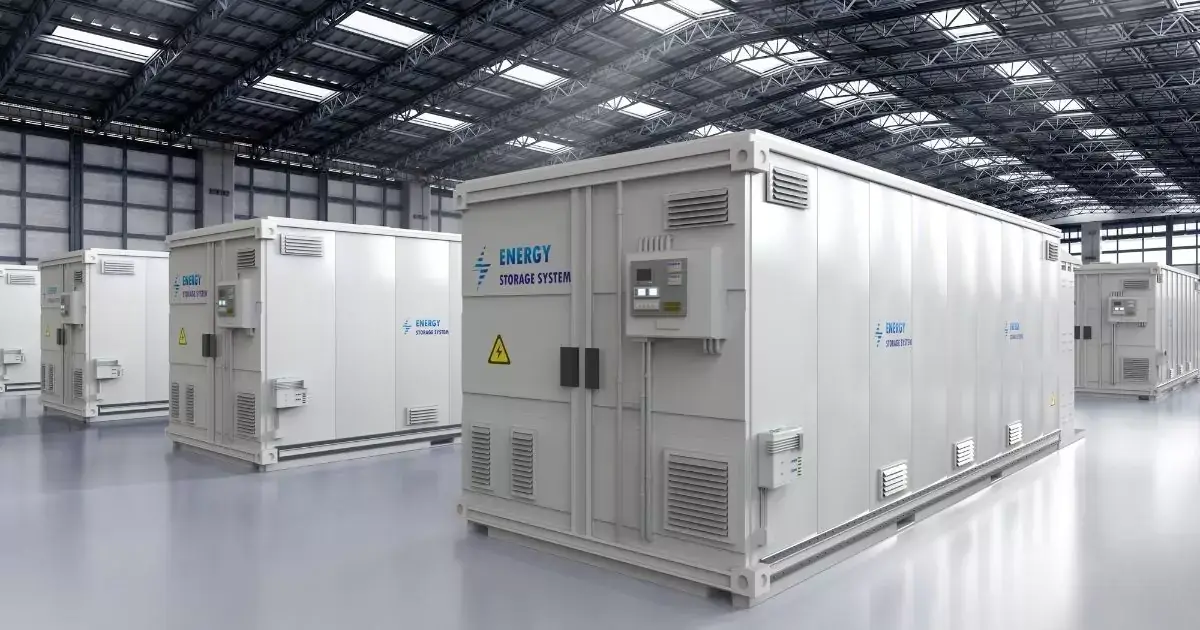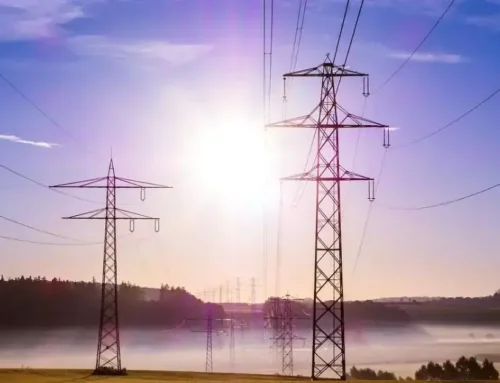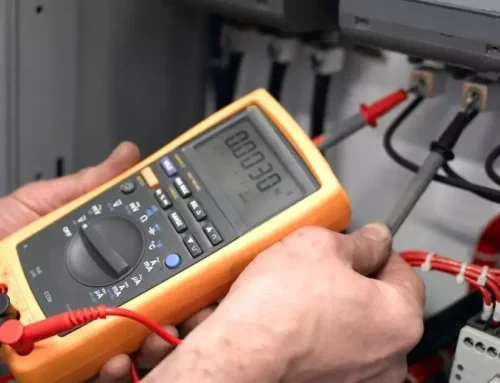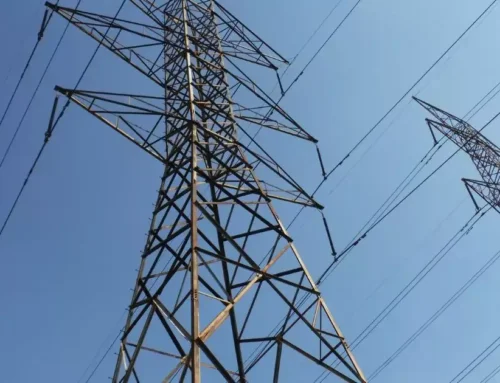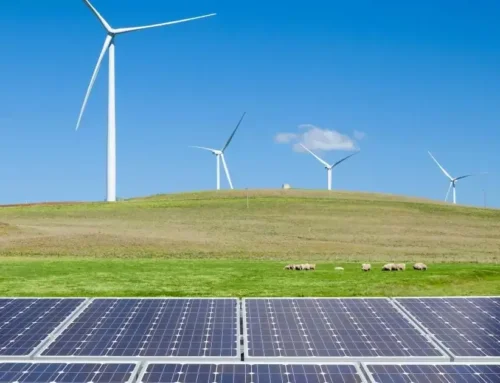Battery Energy Storage Systems (BESS) have experienced significant growth in recent years due to their versatility, high energy density, and efficiency. If you’re considering installing a battery energy storage system, don’t hesitate! At Quartux, you’ll find the best option in Mexico. Here’s what it consists of.
How does a Battery Energy Storage System (BESS) work?
According to the international standard IEC 62933-1:2018, which defines the application terms for electric energy storage systems (EES), a battery energy storage system is a facility connected to the electrical grid from the Point of Connection (POC). It is composed of at least one storage facility capable of absorbing energy from the grid (or another energy generation source), storing it, and releasing it during periods when the user needs it.
As battery costs decrease, becoming increasingly affordable worldwide, more grid applications have become suitable for use with BESS, thus improving their performance and lifespan. Thanks to this, the installation of these systems in the national industry has grown exponentially, and with Quartux’s advanced technology platform, customers have a successful experience of storage and efficient energy use, while achieving economic savings, as electricity costs can be reduced by up to 40%.
A battery energy storage system is a subset of ESS (Energy Storage System) that uses electrochemical storage and involves DC/AC energy conversion processes, as well as system management. It also includes sensors and auxiliary systems, among other components, that adapt to the system based on the storage technology used and the structural engineering works required for its installation.
To learn more about the benefits of an energy storage system, contact us! At Quartux, we have the perfect financing plan so you can enjoy all the benefits of BESS in your company or industry from day one!
Components of a BESS
Generally, a Battery Energy Storage System (BESS) consists of the following components:
- Batteries: They store and then discharge energy, converting chemical energy into electricity. The most common types are lead-acid, nickel-cadmium, nickel-metal hydride, and lithium-ion batteries. A combination of these batteries can also be used to create a hybrid storage system or Hybrid-BESS (HBESS).
- Power Conversion System (PCS): It converts alternating current (AC) to direct current (DC) and vice versa. This static energy converter allows powering an alternating load at its output, regulating voltage and frequency. It transfers power from a direct current source to an alternating current load.
- Battery Management System (BMS): It’s responsible for estimating the state of charge (SoC), measuring temperature, current, and voltage of the batteries, as well as controlling and protecting against maximum and minimum voltage, current, and temperature.
- Energy Management System (EMS): It dispatches energy by charging and discharging the batteries, as well as controlling and protecting the system.
- Temperature control system, known as HVAC (Heating, Ventilation, and Air Conditioning).
- Auxiliary systems or other components, such as security systems, fire protection systems, sensors, and physical structure.
The PCS, BMS, and EMS are interconnected for the proper performance of the BESS. The EMS manages the necessary control laws for grid interaction and controls the data from the BMS and PCS according to the schedule defined by the system.
Finally, the control and data acquisition of the subsystems are carried out by the Supervisory Control and Data Acquisition (SCADA), an automation technology that combines hardware and software. It allows remote control and monitoring of the entire storage process so that users have access to all information about the system from an online platform.
Discover Quartux’s solution and start saving electrical energy.
Battery Energy Storage Systems (BESS) are the future of energy storage. The use of renewable energies has increased in recent years as part of the fight against climate change. Photovoltaic systems for clean energy generation are compatible with battery energy storage systems, making the use of this technology much more efficient in large-scale industries.
Explore the Quartux platform and discover why a Battery Energy Storage System (BESS) is the answer to all your energy needs: you’ll achieve significant savings on electricity and important economic advantages, such as lower electricity bills, while maintaining your business workflow without interruptions, as you’ll have a permanent energy backup.


